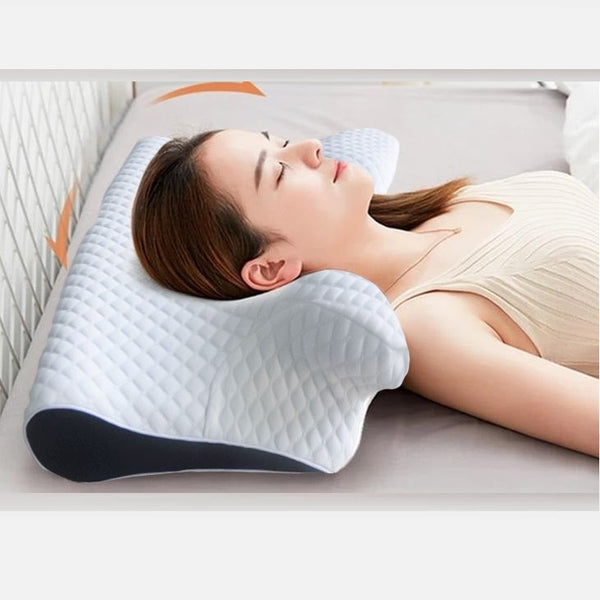What Does Rom Stand For In Medical Terms
What Does Rom Stand For In Medical Terms refers to the degree to which a part of the body can be moved around a joint or fixed point. It represents the complete spectrum of movement that a joint can perform. ROM assessments are crucial in both passive (assisted) and active (independent) scenarios, often conducted during physical therapy assessments or treatments. The normal range varies based on body parts and individual differences.
Purpose of ROM Exercises
ROM exercises serve multiple purposes. They aim to prevent the development of adaptive muscle shortening, contractures, and the constriction of capsules, ligaments, and tendons. Additionally, ROM exercises offer sensory stimulation.
Types of ROM
- Passive Range of Motion (PROM): This is achieved when an external force, like a therapist or a Continuous Passive Motion (CPM) machine, exclusively moves a joint. PROM typically represents the maximum range a joint can achieve and is employed when a patient cannot or should not move a body part.
- Active-Assisted Range of Motion (AAROM): In AAROM, an external force provides partial assistance to joint movement. It’s used when patients require help due to weakness, pain, or muscle tone changes.
- Active Range of Motion (AROM): AROM occurs when opposing muscles contract and relax, leading to joint movement. For instance, bending the elbow necessitates the contraction of the biceps while the triceps relax. AROM is typically less extensive than PROM and is performed independently when patients can voluntarily control movements.
Measuring Range of Motion
ROM measurements are integral to physiotherapy assessments, allowing for patient progress monitoring. The commonly used tool is the goniometer, which employs a stationary arm, fulcrum, and movement arm to gauge joint angles concerning the joint axis. Correct goniometer placement is essential for reliable and accurate measurements.
Alternatively, tape measures may be used for specific body parts, such as assessing lumbar spine flexion using the Schober Test.
Read More : Which Sport Below Requires The Least Cardiovascular Fitness
Movement Planes
When evaluating joint range of motion, it’s vital to consider three universal reference planes in anatomy: sagittal, frontal (coronal), and transverse (horizontal). Each movement aligns with one of these planes, influencing the direction of motion.
Causes of Limited Range of Motion
Limited ROM signifies a joint’s reduced capacity for movement, which can result from various factors. These include problems within the joint, tissue swelling, muscle stiffness, pain, joint dislocation, and fractures. Medical conditions such as ankylosing spondylitis, osteoarthritis, and rheumatoid arthritis are also associated with restricted ROM.
Increasing Range of Motion
Range of motion can be maintained and expanded through range of motion and stretching exercises. These exercises are categorized as:
- Active Range of Motion (AROM): Involves movements entirely initiated by the individual, without external aid.
- Passive Range of Motion (PROM): Requires an external force or person to move a joint while the patient remains relaxed.
- Active Assisted Range of Motion (AAROM): Involves partial assistance from an external force, which may be a combined effort of the patient and an assisting individual.
Physiotherapy and ROM
Physiotherapy plays a crucial role in addressing limited range of motion. It aids in healing soft tissue and joint lesions, maintains existing joint mobility, prevents contracture formation, and promotes neuromuscular reeducation. Physiotherapists often prescribe range of motion exercises alongside strengthening exercises to prevent injuries.
Read More : What Is An Integrative Medical Consultant
Final Thoughts
Maintaining and improving range of motion is fundamental, whether for rehabilitation or performance enhancement. Regular stretching and mobility exercises can significantly contribute to joint health and function. In some cases, medical devices like Continuous Passive Movement Machines (CPM) may be employed post-operatively. In pediatrics, ROM exercises are adapted to suit children with physical conditions, focusing on unused joints and muscles to ensure proper development.




